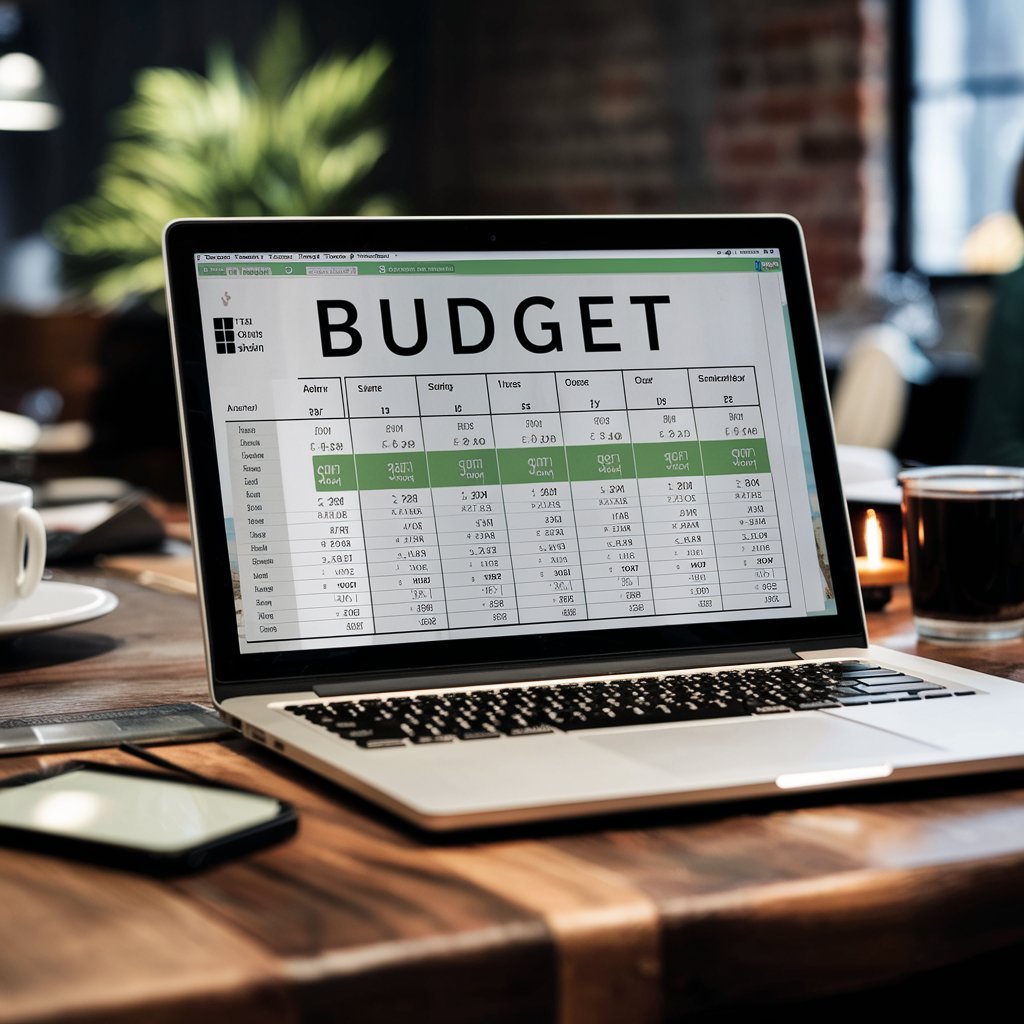
Introduction
Financial freedom, in simple terms, describes and sums up a certain end in the broad realm of planning retirement that will one day grant you freedom from financial strain while you enjoy retirement. Financial freedom means being able to sustain the comfort of your needs, live out your dreams, and maintain your lifestyle when you retire. Achieving it, however, requires severe self-discipline in the area of saving, persistence in investment, along with financial management skills that may seem daunting but could be developed by anyone through guidance.
One is Retirement plans are the most defining financial milestones of a person’s life. Yet the goal is not simply to amass retirement savings, but rather to be firmly engaged and purposeful in determining the long-term game plan for retirement. Mindfulness in Retirement planning means living in the present and planning the future. Mindful planning not only calms stress regarding future needs but also provides you with an opportunity for making informed and deliberate choices.
This comprehensive guide will share with you ten mindful principles to live within financial freedom for retirement. From embarking out to consolidation, these are the tips to secure your future clearly and confidently.
1. Define Your Retirement Vision
Having a clear image in your mind about how to organize a smooth retirement path is the first step of a mindful retirement plan. The questions you must ask now are:
- Where do I see myself living post-retirement?
- What activities give me joy travel, hobbies, volunteering or time with family and friends?
- What does an ideal day in retirement look like?
These questions should help lay the premise for your financial plan because without a clear vision, it tends to sap all focus and misallocates resources.
Pro Tip: Write a sentence about your retirement vision. A one-page document that conveys the goals, values, and priorities of your retirement can serve as a source of motivation for when it comes time to plan.
Example:
If you visualize traveling during retirement, you may want to design your plan so that the travel fund is larger relative to fixed expenses and invest in appreciating assets like
Mindful Practice: Set aside 15–20 minutes weekly to review your retirement vision and adjust it as needed.
2. Calculate Your Retirement Needs
Once you have the vision, the next step is to put a dollar figure on it because this is key to good financial planning. To help you on your way to quantifying your figure, consider the following:
- Analyzing Current Expenses: Keep track of your monthly living expenses, so you have a baseline.
- Factoring Inflation: The money will be worth less as time progresses. The average annual inflation rate is assumed to be around 2-3%; for example, your estimated monthly expenditure at retirement.
- Consider Health Care: Expenses for health increases tend to go higher with increasing age and can comprise a good portion of your retirement expenditure.
Example Calculation:
In our assumption, if you spend $3,000 a month today, then the inflationary adjustment is included in the retirement budget:
- In 20 years, anticipating a 2.5% inflation, you might be looking at monthly expenses exceeding $4,900.
Mindful Tip: is to use such retirement calculators as the AARP Retirement Planning Calculator to come up with a workable estimate.
3. Start Saving Early and Harness the Power of Compound Interest
The sooner you start saving, the more time you give your investments to grow. Compound interest makes this like a magical occurrence; it allows the money put to earn interest and the earned interest adds to the principal for earning even more interest over time.
Example:
- Saving $200 monthly starting at age 25 with a 7% annual return = $500,000 when the graying hair hits 65.
- Saving $400 starting at age 40 under the same rate of return will grant you only $240,000 at age 65.
It’s always good to start small than not at all. Though small steps may not seem too favourable for retirement, every dollar saved today adds up.
Mindful Tip: Automate your savings so that you do not forget to contribute. A number of banks provide auto-saving options.
4. Build and Stick to a Retirement Budget
Mindful budgeting does not imply cutting everything you enjoy; instead, it is all about being aligned with your priorities. In creating a retirement budget, your expenses can be divided into:
- Essentials: Housing, food, utilities, and healthcare.
- Discretionary Spending: Travel, hobbies, dining out, and entertainment.
- Savings Contributions: Emergency funds, investments, and charitable giving.
Mindful Practice: Revisit your budget every six months to adjust for changes in income or expenses.
Tools: Budgeting apps like YNAB (You Need a Budget) or Mint can help you track and optimize your spending.
5. Adopt a Minimalist Mindset to Maximize Savings
Minimalism is not, therefore, the conception of a liberated home offering free bed space; it is restriction on unnecessary financial spending. Such would allow savings in retirement without compromising on basic requirements of life.
Steps to Embrace Minimalism:
- Go ahead cancel subscriptions that are not being used.
- When buying, opt for quality over the number.
- Depurging unnecessary and unused items regularly.
Example: Downsizing can reduce expenses such as property taxes, insurances, and maintenance which leaves more for savings towards retirement.
Mindful Tip: Before a purchase ask yourself, “Does this bring value to my life?
6. Diversify Your Investments
Relying on a single source of income or investment represents an added risk. Diversifying your investments spreads out this risk and assures you of a balanced approach to the growth of wealth.
Key Investment Categories:
- Stocks: Greater potential for growth but come with risk.
- Bonds: Provide stability and consistent income.
- Real Estate: Passive income, appreciated value over time.
- Index Funds: Affordable, diversified investments suitable for long-term growth.
Example:
Depending on your age and risk tolerance, a balanced portfolio could include 60% in stocks, 30% in bonds, and 10% in real estate.
Mindful Tip: Mindful Tip: Periodically review your portfolio to realign it.
7. Build an Emergency Fund for Financial Security
An emergency fund is basically a security net for you to fall back on so that you don’t have to dip into your retirement savings in case something unforeseen, such as medical bills or home repairs, pops up.
Target: Save up to 3 to 6 months’ worth of living expenses.
Mindful Practice: Continue to deposit funds each month into a high-yield savings account reserved for emergencies.
8. Pay Off Debt Strategically
If you don’t manage debt properly, it will mess up your retirement planning. First, prioritize paying off your high-interest debts, such as credit card balances, while continuing to make minimum payments on the rest.
Strategies:
- Debt Avalanche: Start paying down your debt with the highest interest rates first.
- Debt Snowball: Pay off your smallest debts first for a psychological edge.
Mindful Tip: Avoid going into debt again by living within your means.
9. Maximize Contributions to Retirement Accounts
Such financially advantageous accounts, including 401(k)s, IRAs and HSAs, are key to building wealth.
Action Steps:
- Contribute enough to your 401(k) so as to receive maximum employer match (kind of like free money).
- Maximize yearly contributions to the IRA.
- If eligible, use an HSA for healthcare savings in the long run.
Mindful Tip: Raise contributions gradually, if possible.
10. Regularly Review and Update Your Retirement Plan
Not a static exercise, your retirement plan evolves with changing circumstances. Life events such as marriage or a new job, as well as fluctuations in the market, will call for adjustment in your savings or investment strategy.
Mindful Practice: Put this to practice: Schedule a date each year to consider your financial health and progress, update all your records.
Conclusion: Mindfulness Leads to Financial Freedom
Attaining financial freedom for retirement, not merely savings, is a program of intentional living, whose financial practices must be harmoniously aligned with one’s life ambitions. You can build a sustainable and stress-free financial future by adopting these 10 mindful steps. Start today and remain consistent, while allowing time for your efforts to facilitate a meaningful retirement.
Start Your Journey to Financial Freedom Today!
Take charge of your retirement planning by using some strategies that are mindful of assisted security giving a satisfactory future. With these steps applied now, they would start your way to financial freedom because your dream pension starts with the actions you will have chased today.
FAQs
1. What is the best age to start saving for retirement?
The earlier, the better. Starting in your 20s allows compound interest to work in your favor.
2. How much money should I save for retirement?
Aim to save 25x your annual expenses to maintain your current lifestyle.
3. Can I achieve financial freedom if I start late?
Yes! A mindful budget, aggressive savings, and strategic investments can make a significant difference.
4. What’s the most common mistake in retirement planning?
Underestimating healthcare costs and inflation are two of the biggest mistakes people make.
5. How do I balance paying off debt and saving for retirement?
Focus on paying high-interest debts first while contributing a smaller percentage toward retirement.











